Hello all,
I found this item while beach combing a wharf site along the Columbia River that was built on a beach that had a large Indian/trapper presence in the 1800s. Often I find modern things from the wharf period and also I find very old metal (trade items), etc. this sat in my iron pile for years as I thought it was just a mass of rusting iron. Today I took screw drivers and hammers to remove the chunks, and I believe this is an axe head. Pictures below show the before and after. Any axe/hatchet experts out there?
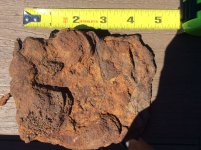
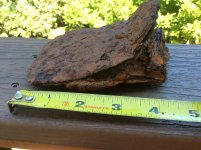
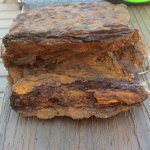
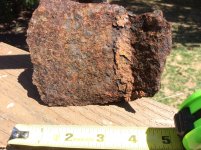
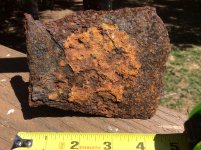
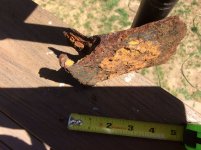
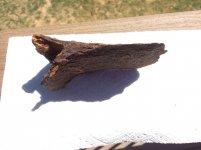
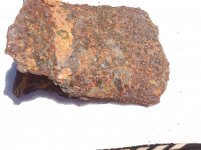
I found this item while beach combing a wharf site along the Columbia River that was built on a beach that had a large Indian/trapper presence in the 1800s. Often I find modern things from the wharf period and also I find very old metal (trade items), etc. this sat in my iron pile for years as I thought it was just a mass of rusting iron. Today I took screw drivers and hammers to remove the chunks, and I believe this is an axe head. Pictures below show the before and after. Any axe/hatchet experts out there?
















